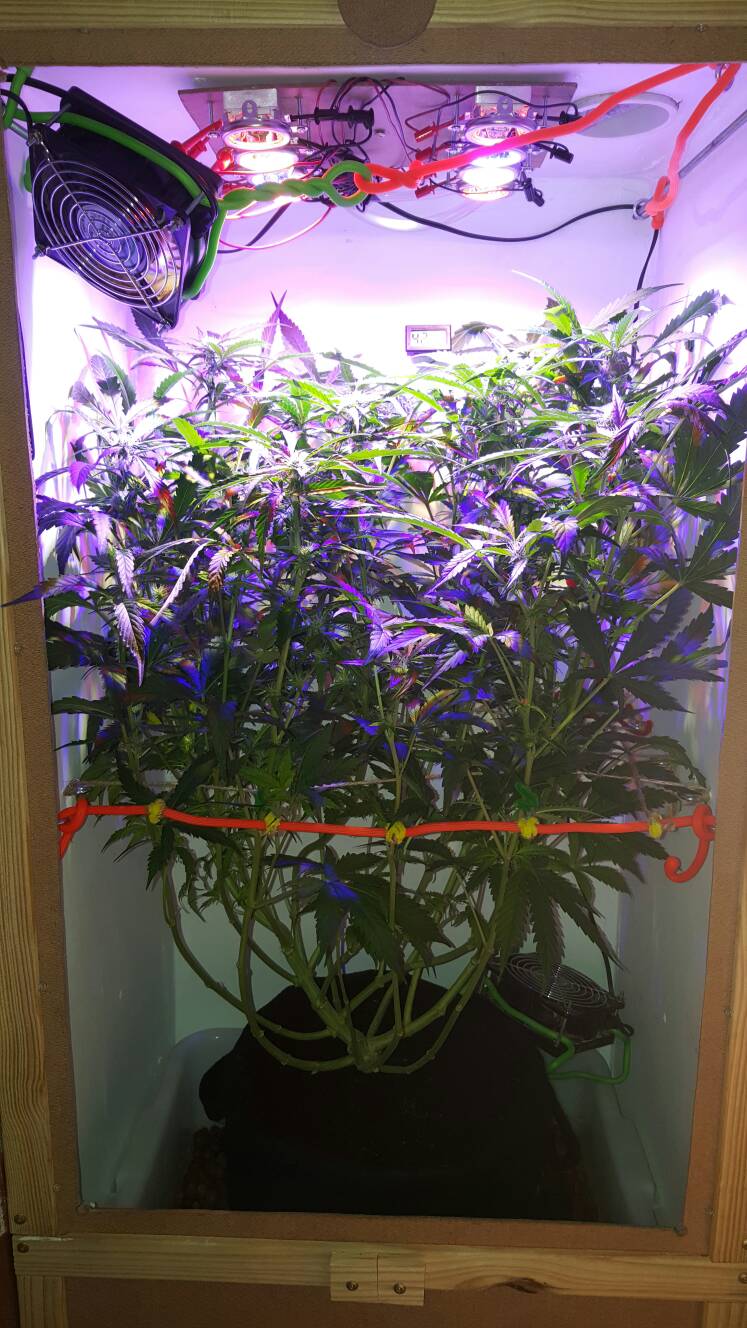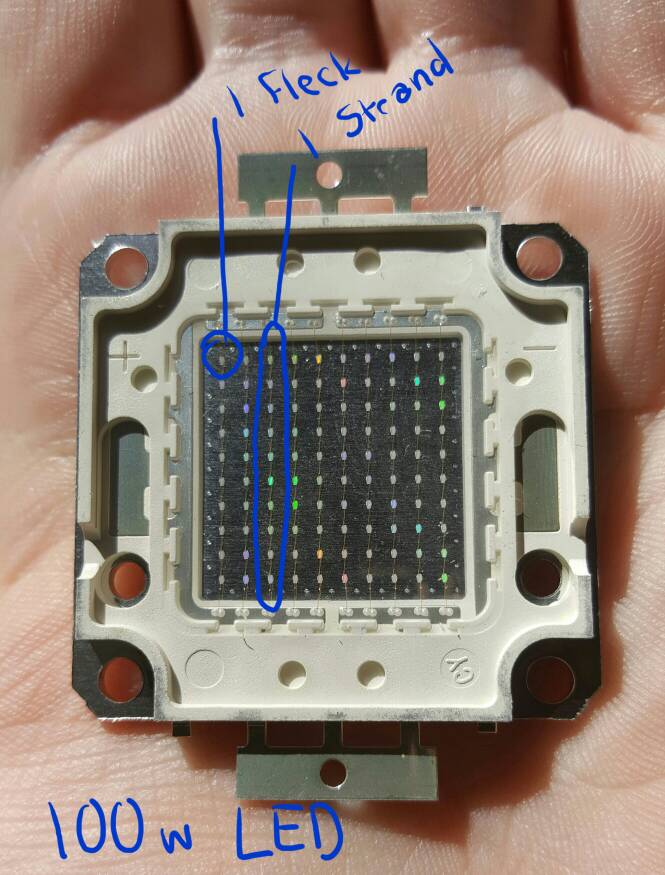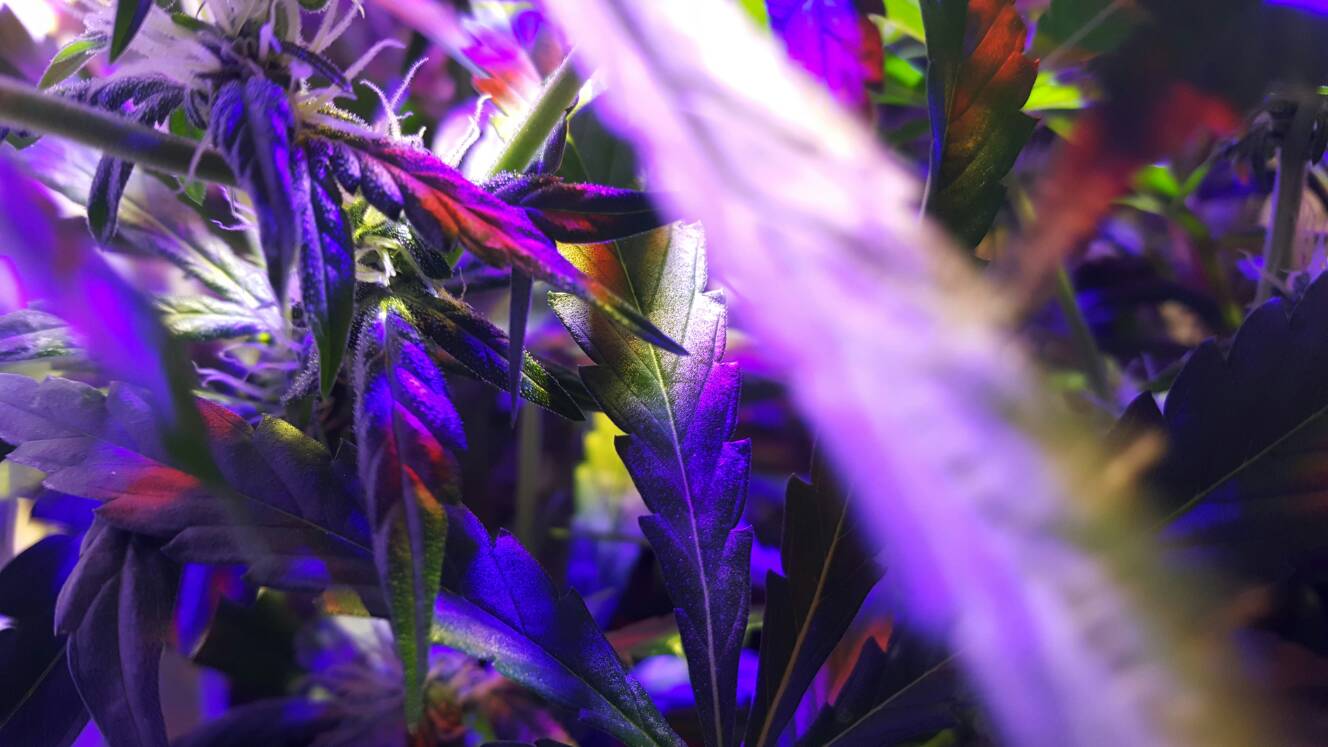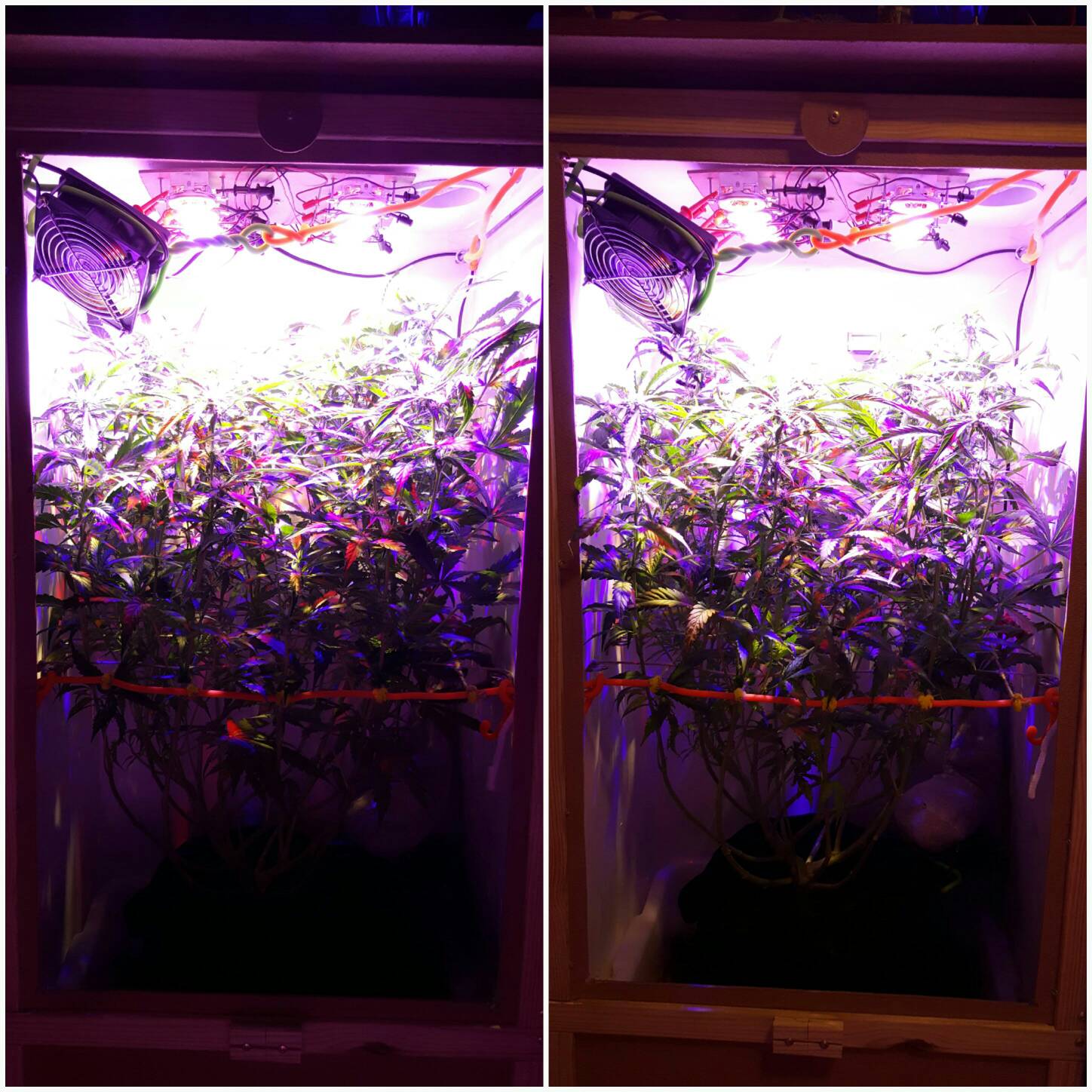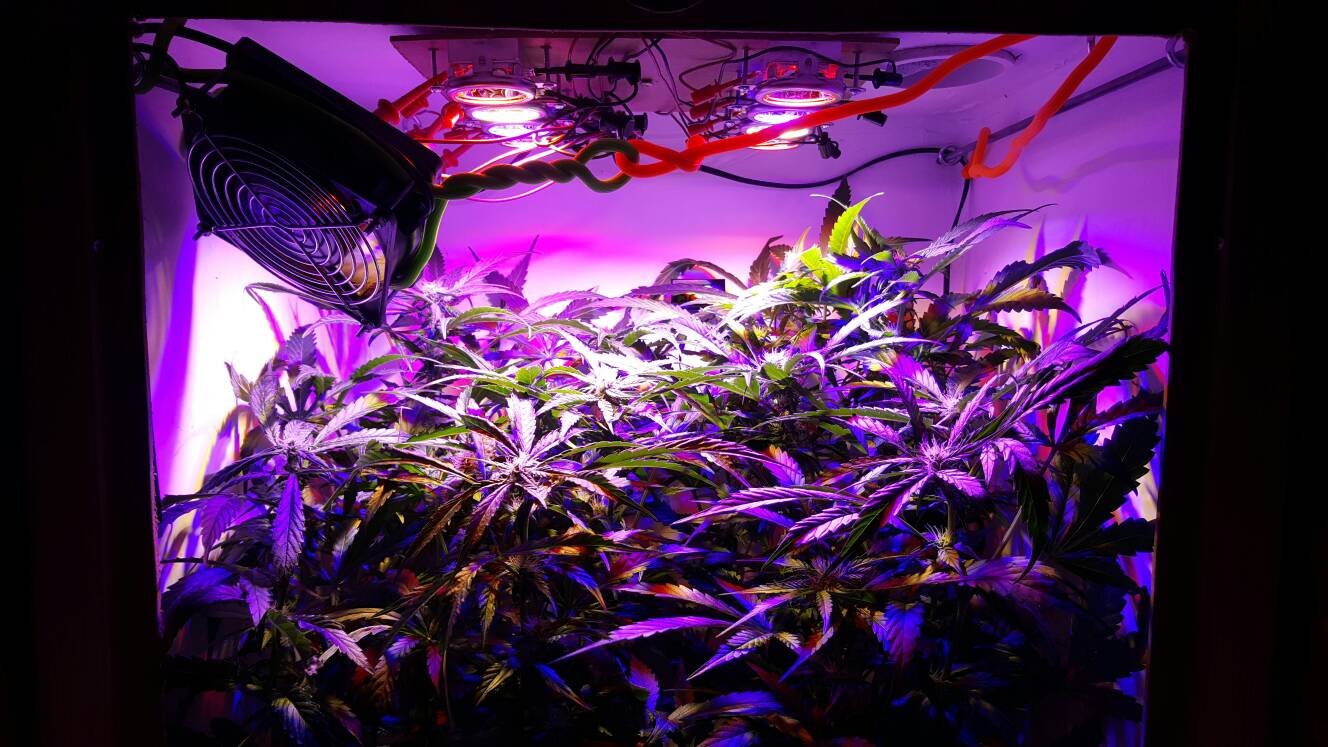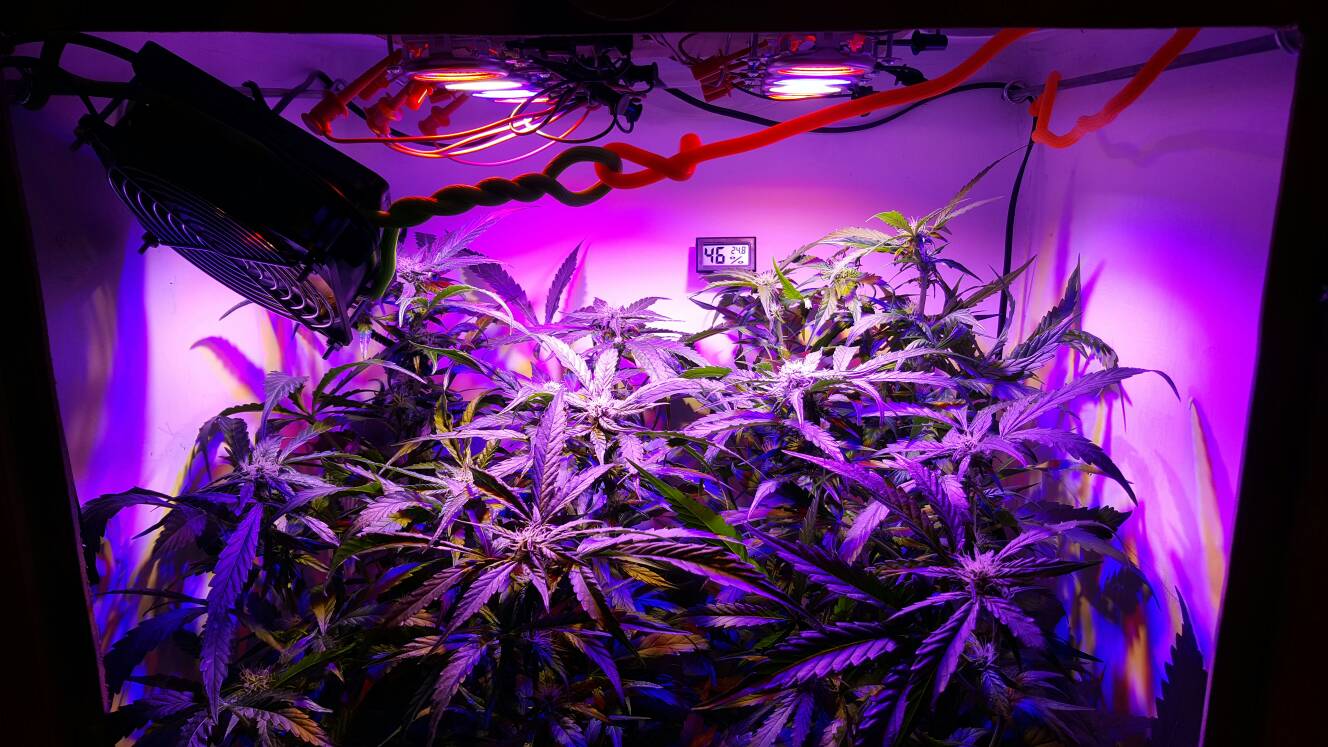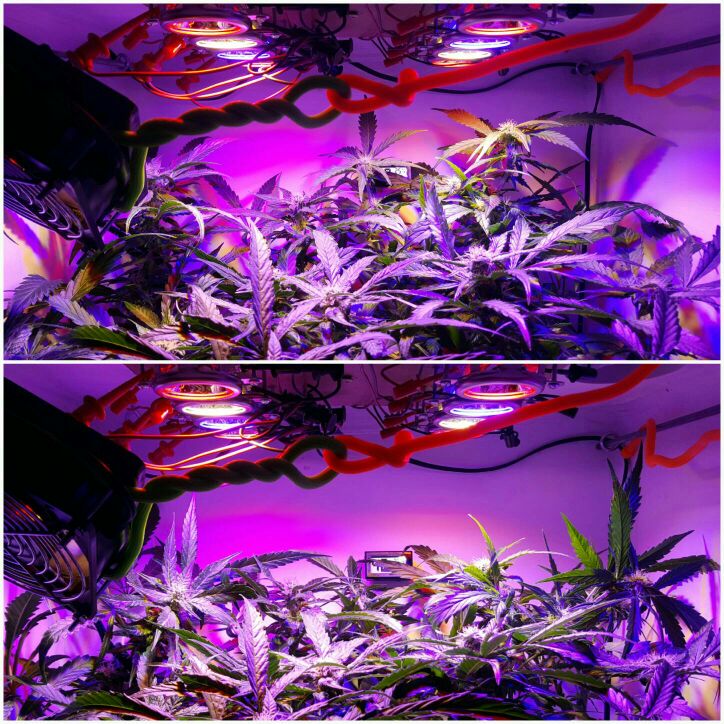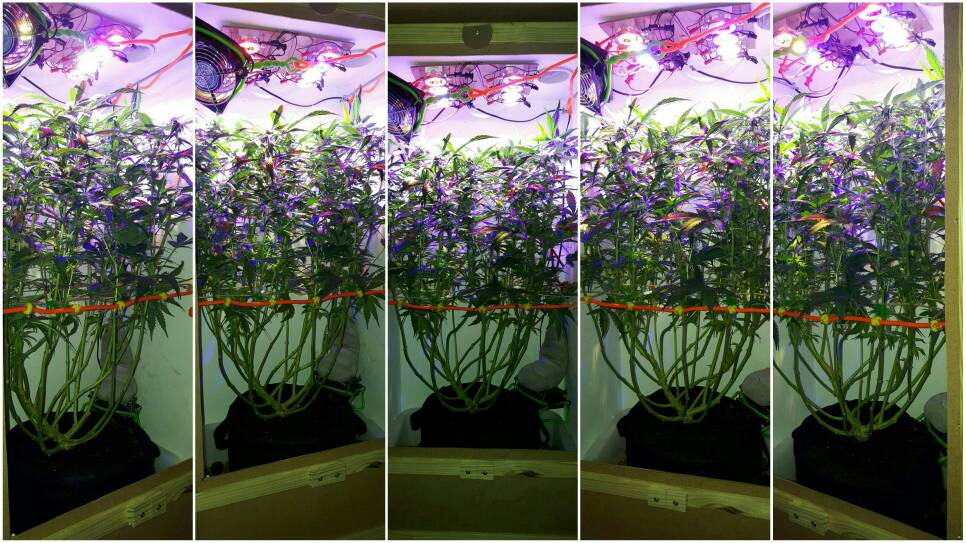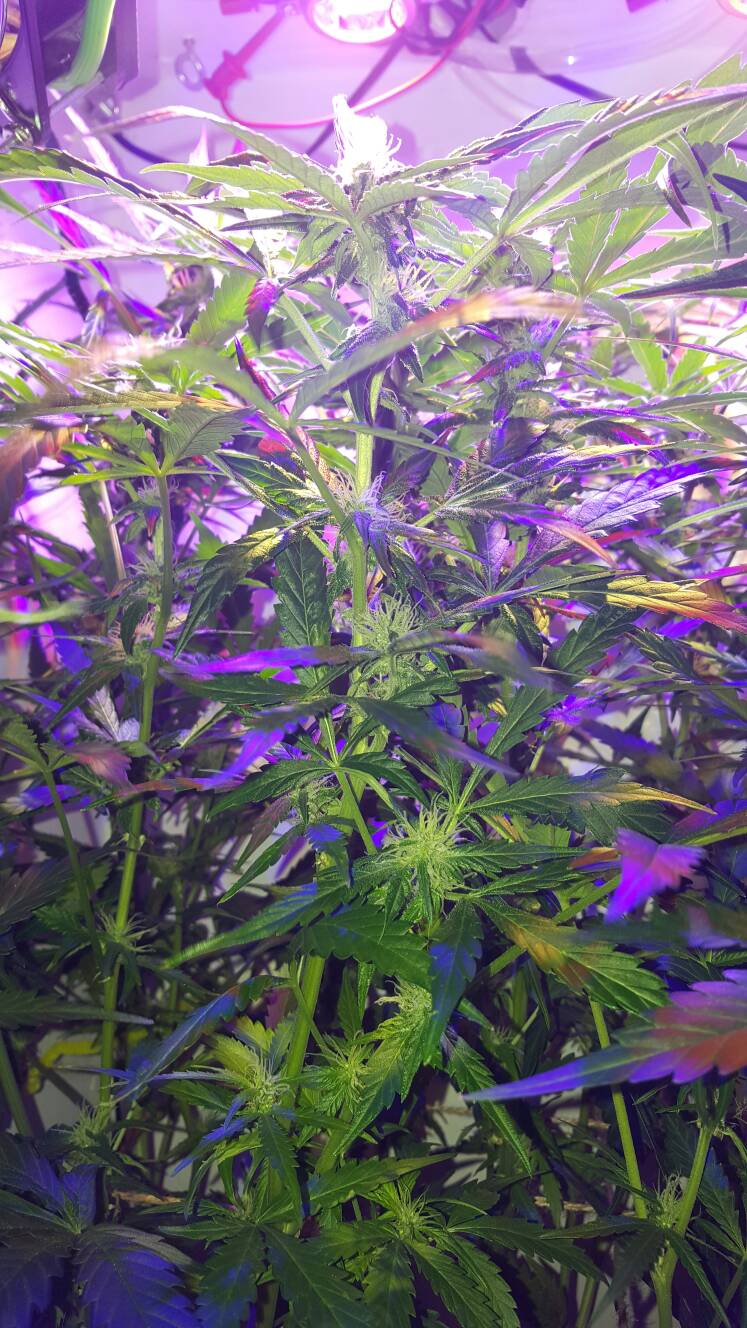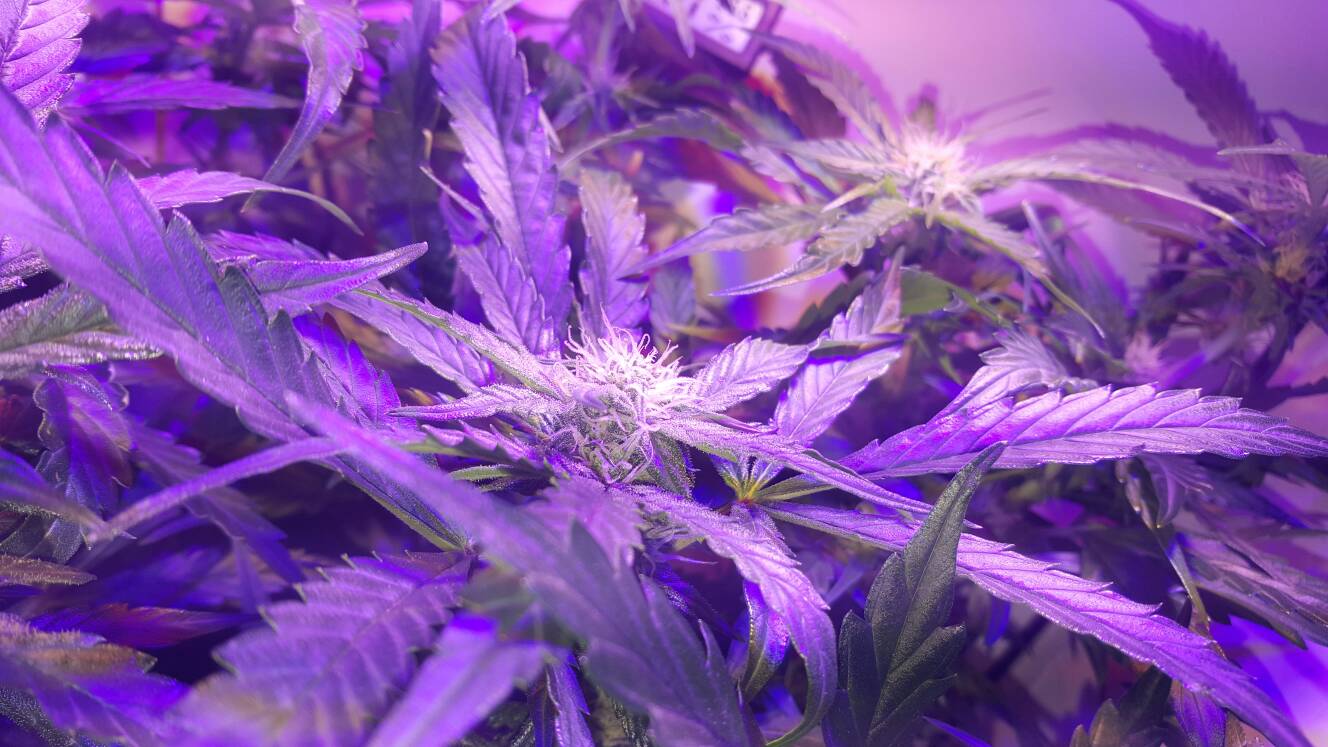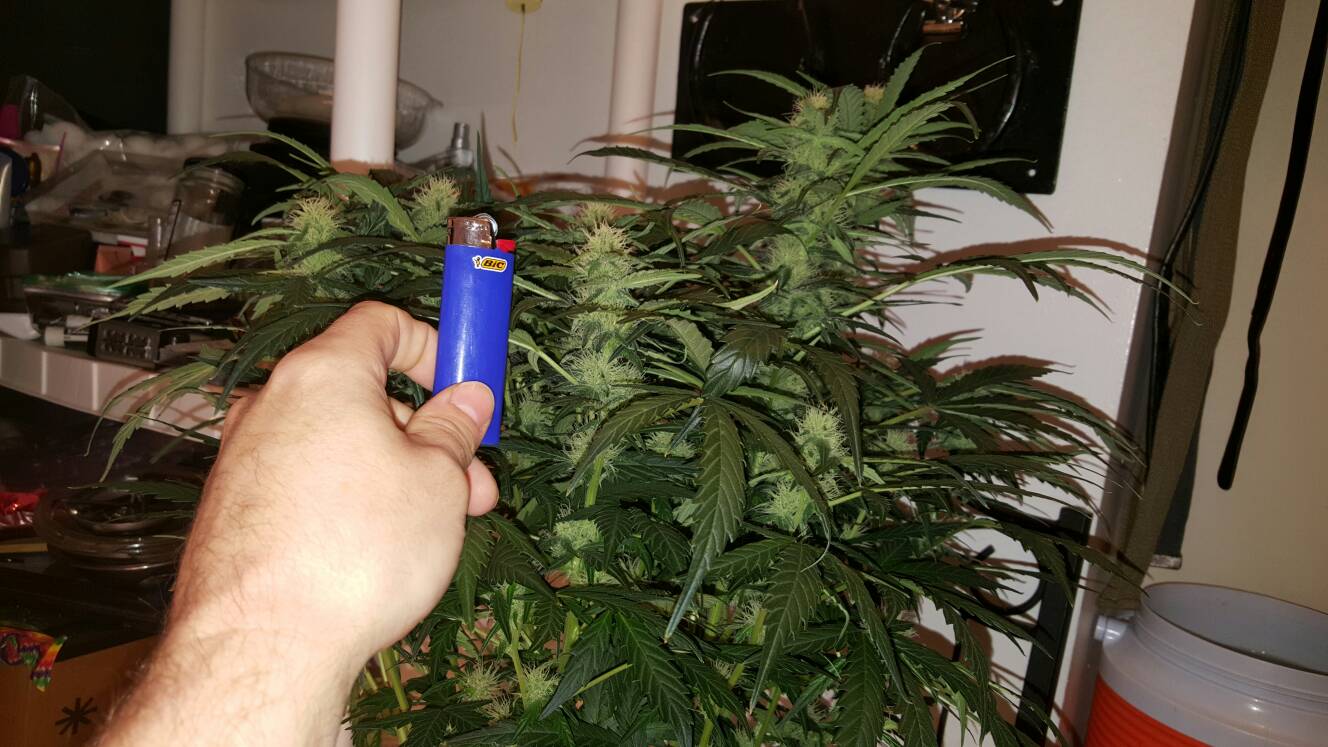Jurf
New Member
The whites start off as blues. Energy levels, frequency, only drops so the light coming from the blue LEDs is the highest energy we get. It might be producing ultraviolet but it won't jump from blue to ultraviolet if it isn't producing ultraviolet already. The phosphorous consumes a large portion of the blue and then emits the energy at a slightly lower level, getting close to green. This gets absorbed by the phosphorous dropping it further, finally getting some reds. Hopefully most of the light has been emitted as different spectrums of light by this point, we have made it through all the phosphorous,and not much of the red gets absorbed and dropped to infrared.
At least, this is my current understanding of full spectrum lights. There are whites which pinpoint spectrum by using specific led flecks (100x 1w flecks in a 100w led; flecks isn't the proper term) to give the light very specific starting frequencies or to fill in the spectrum where there is a lacking. This must be done correctly by the manufacture to prevent imbalance between fleck strands (10 strands in parallel of 10 flecks in series).
*Whoooosshh*





